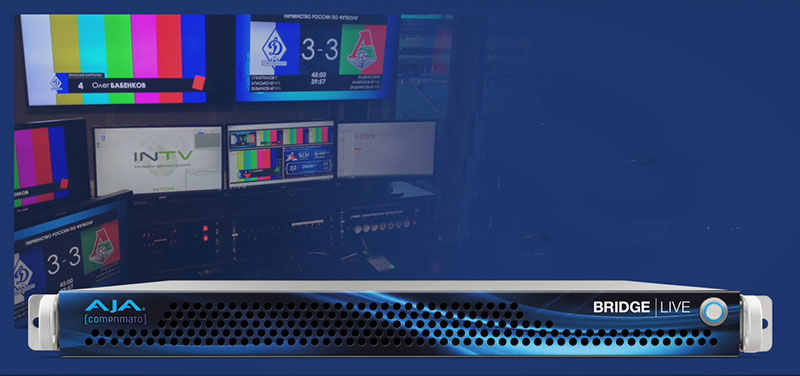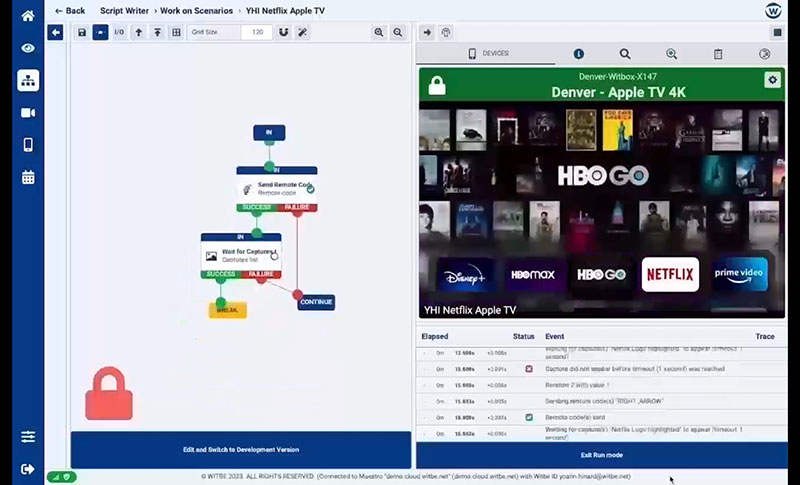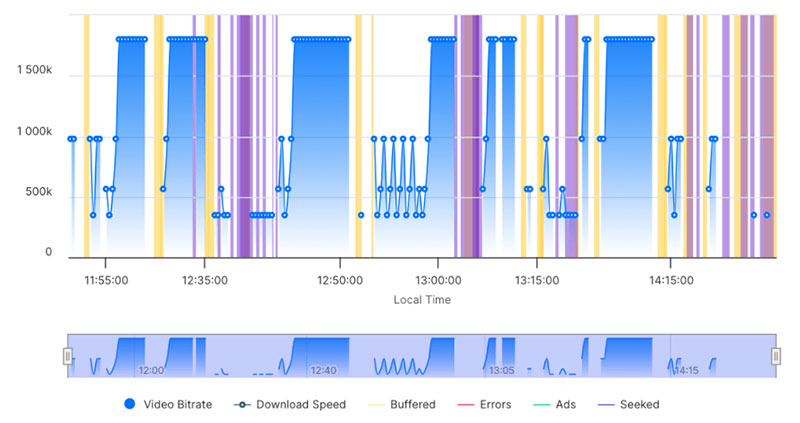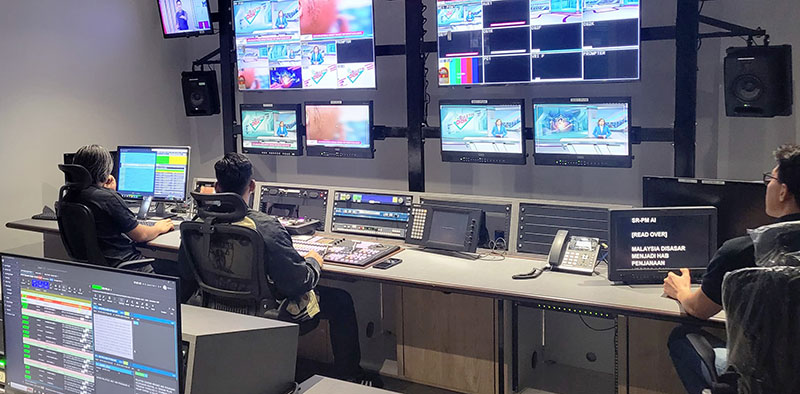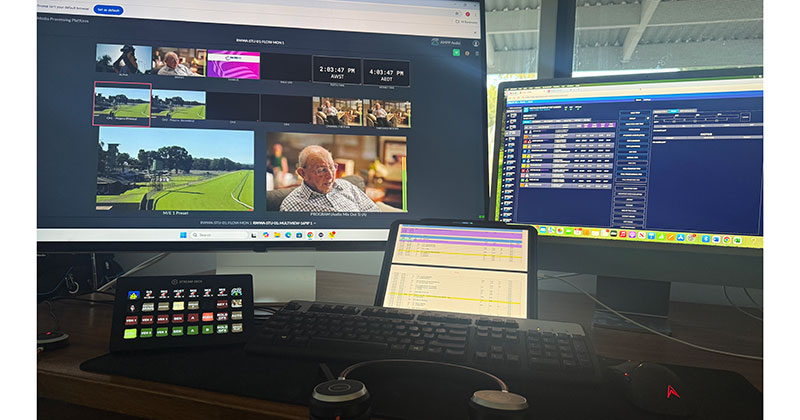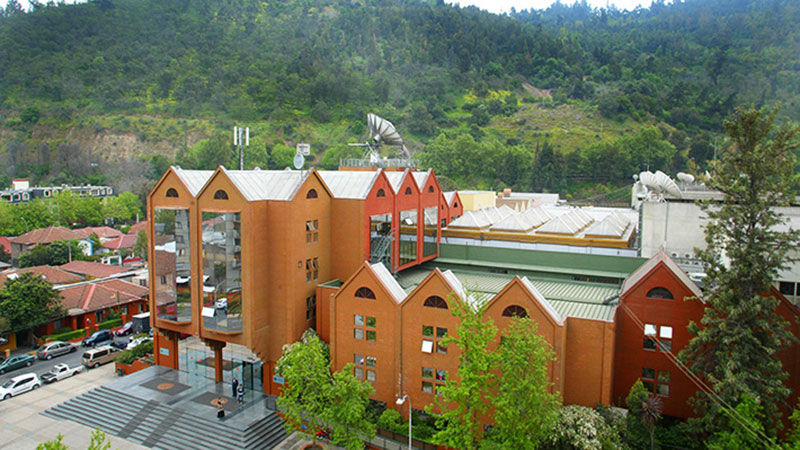Harmonic’s cOS virtualized broadband platform now integrates CUJO’S AI network intelligence software, improving broadband connectivity for latency-sensitive interactive applications.

Harmonic and CUJO have collaborated on an integration between CUJO’S AI network intelligence software and Harmonic’s cOS virtualized broadband platform. This integration can make a difference to broadband connectivity for latency-sensitive interactive applications such as online gaming and video conferencing, giving operators the chance to deliver a competitive, real-time quality of experience to subscribers.
Scalable, Ultra-Low Latency
Harmonic and CUJO AI showed the new system through a live, ultra-low-latency video conferencing demonstration at ANGA COM 2025, 3-5 June. “This integration brings to life a shared vision of adaptive, real-time connectivity that serves modern households as they evolve. Together, Harmonic and CUJO have made ultra-low-latency broadband achievable — not just in a limited environment but at scale,” said Remko Vos, CEO at CUJO AI.
The two companies have combined the capabilities of Low Latency, Low Loss, Scalable Throughput (L4S) broadband architecture, accessed through Harmonic’s cOS platform, with CUJO AI’s network intelligence software running on Harmonic BoostD 3.1 modems.
The BoostD 3.1 capability can use the most recent DOCSIS 3.1 and DOCSIS 4.0 cable modems, taking better advantage of the network and reaching very high internet speeds. Integrated CMTS systems may not scale well, and be incompatible with the capacity and spectrum of the virtualised cOS platform. With BoostD 3.1, operators can utilise multiplexing and other channel types to enhance their services through software.
L4S Architecture

The L4S architecture makes a significant change in the use of internet connectivity, addressing challenges faced by modern digital communications. L4S contributes to a better user experience by delivering faster, more consistent internet performance. Not only reducing latency, it can apply scalable throughput and queue management to optimise data flow, and avoid packet loss even during high-traffic periods. The scalable, efficient L4S framework also means that the network infrastructure can handle increasing data demands.
Harmonic’s cOS core software enables operators to activate the new L4S capabilities across existing DOCSIS and fibre networks via a software upgrade, avoiding the need for major infrastructure investment. Moreover, the integration between Harmonic’s cOS platform and CUJO AI can access the advantages of L4S-ready networks when using latency-sensitive applications that may not be L4S compatible.
A Better Broadband Experience
The Harmonic - CUJO integrated solution supports real-time detection, and continuous prioritization, of latency-sensitive applications. When used with CUJO AI software, the Harmonic cOS platform produces a low-latency broadband experience for subscribers, and meanwhile helps operators to reduce churn and improve retention by differentiating their services.
The cOS virtualized Cable Modem Termination System [vCMTS] software deploys on COTS servers, or as a cloud-native application in the use’s existing data centre. Agnostic to the Remote PHY Device (RPD), which moves the physical layer to the network edge, the high-performance vCMTS software integrates full DOCSIS functionality.
“Our integration of CUJO AI on the cOS platform is a step forward towards adaptive, self-optimizing broadband networks that elevate the subscriber experience beyond reliability and speed,” said Asaf Matatyaou, senior vice president, product, Broadband Business at Harmonic. “By incorporating L4S technology and CUJO AI’s network intelligence software, we are simplifying network performance enhancement for operators so they can cost-effectively elevate the subscriber experience via a software upgrade.” www.harmonicinc.com










